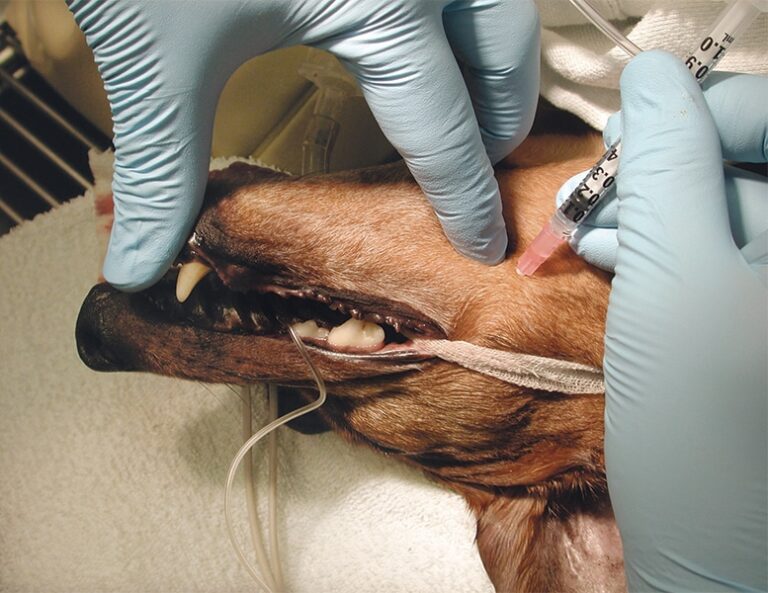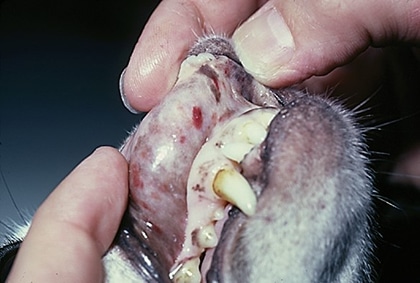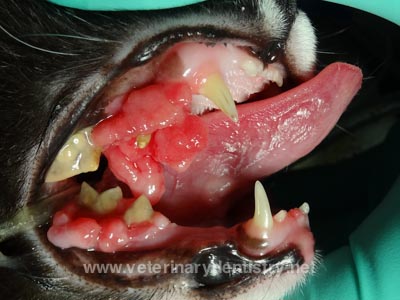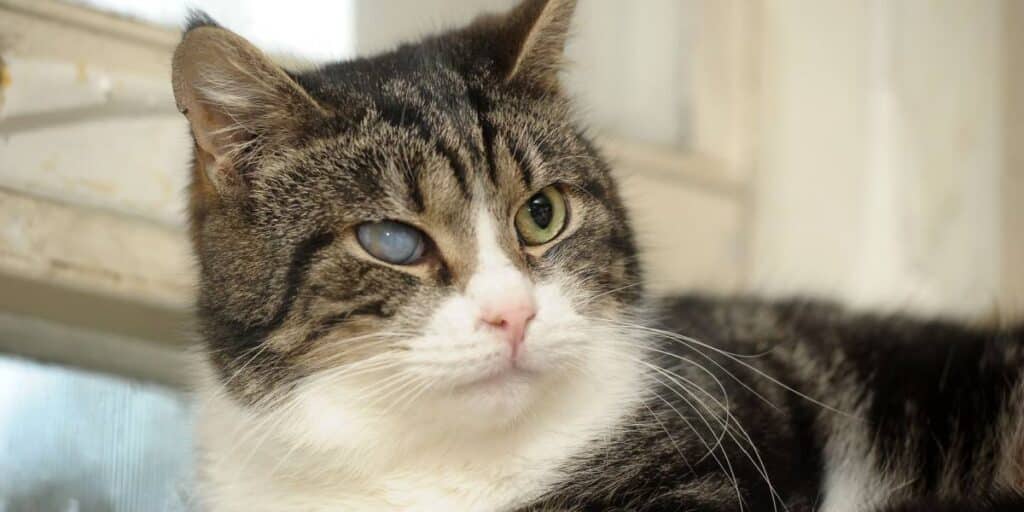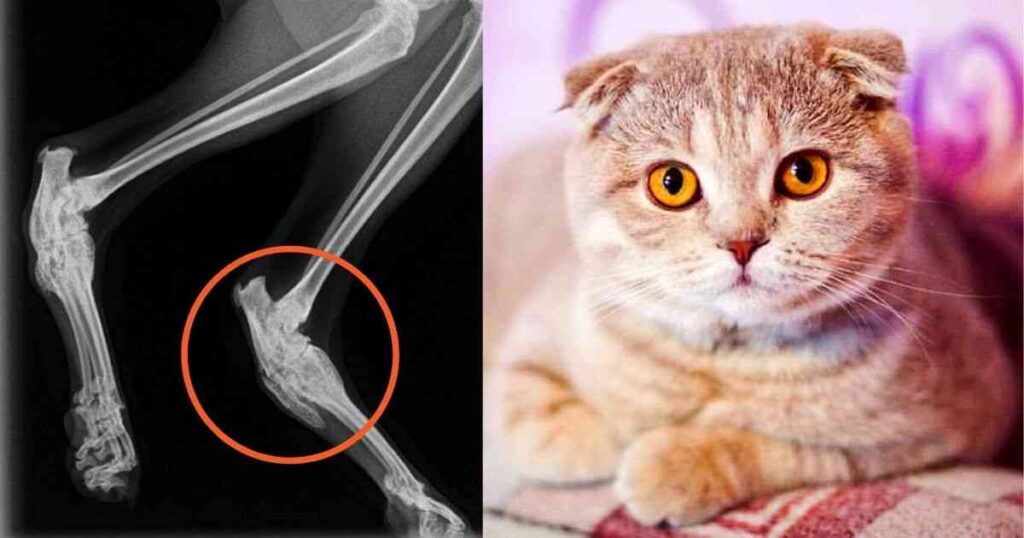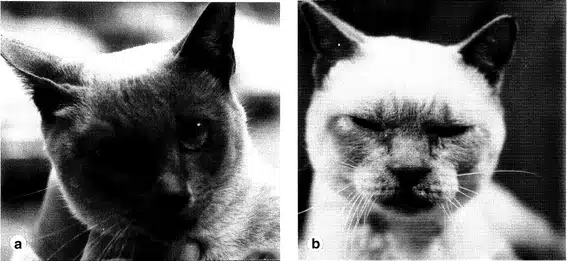Regional anesthesia in the head area
The use of regional anesthesia in dogs and cats represents a significant advancement in veterinary medicine. These methods provide effective pain relief and are an essential component of modern veterinary treatments. Our goal is to provide veterinarians and pet owners with an in-depth insight into the practical uses, benefits and latest advances in regional anesthesia.

